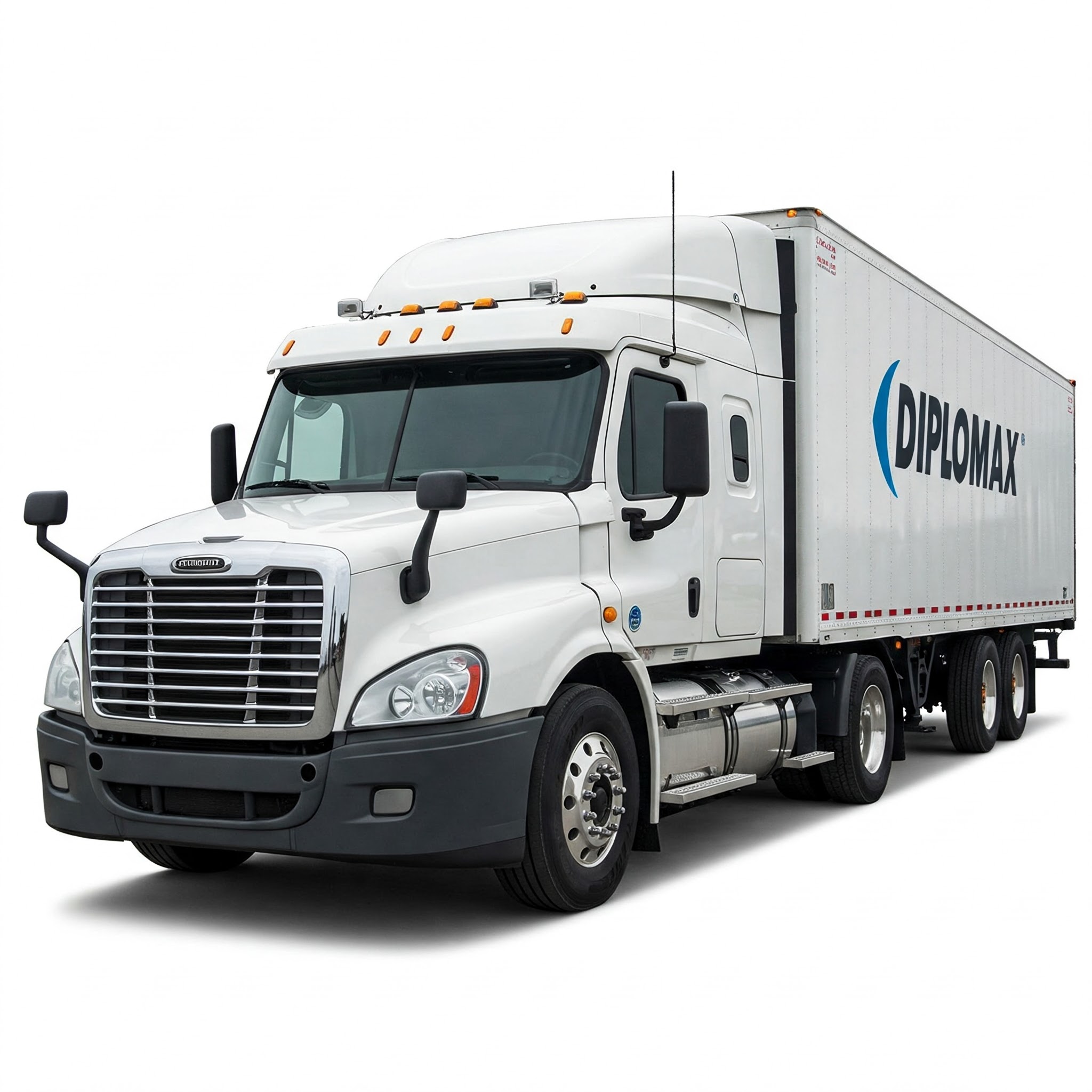Value-Added Tax (VAT)
Understanding how VAT applies to shipping and logistics can help you stay compliant and avoid unexpected costs.

What is VAT?
Value-Added Tax (VAT) is a consumption tax placed on a product whenever value is added at each stage of the supply chain, from production to the point of sale. It is typically charged as a percentage of the price, including shipping costs when applicable.
How does VAT apply to shipping?
In many countries, VAT may apply to shipping charges, depending on the nature of the goods and the rules of the destination country. Businesses need to understand their local VAT regulations to ensure they charge and remit the correct amount of tax.
- VAT rates differ by country and by product category.
- International shipments may have specific exemptions or thresholds.
- Businesses must register for VAT if they exceed certain turnover thresholds.
Who is responsible for paying VAT?
The responsibility for paying VAT on shipping often lies with the seller or the buyer, depending on the Incoterms or the contractual agreement. In some cases, carriers collect VAT on behalf of customs or tax authorities at the time of delivery.
VAT Compliance Tips
- Keep detailed records of all sales and shipping charges.
- Stay updated on any changes to VAT rates or regulations in your country.
- Use a reliable tax calculation service or consult with a tax professional for international shipments.
By staying informed about VAT regulations, businesses and individuals can avoid surprises, ensure compliance, and maintain smooth shipping operations.
